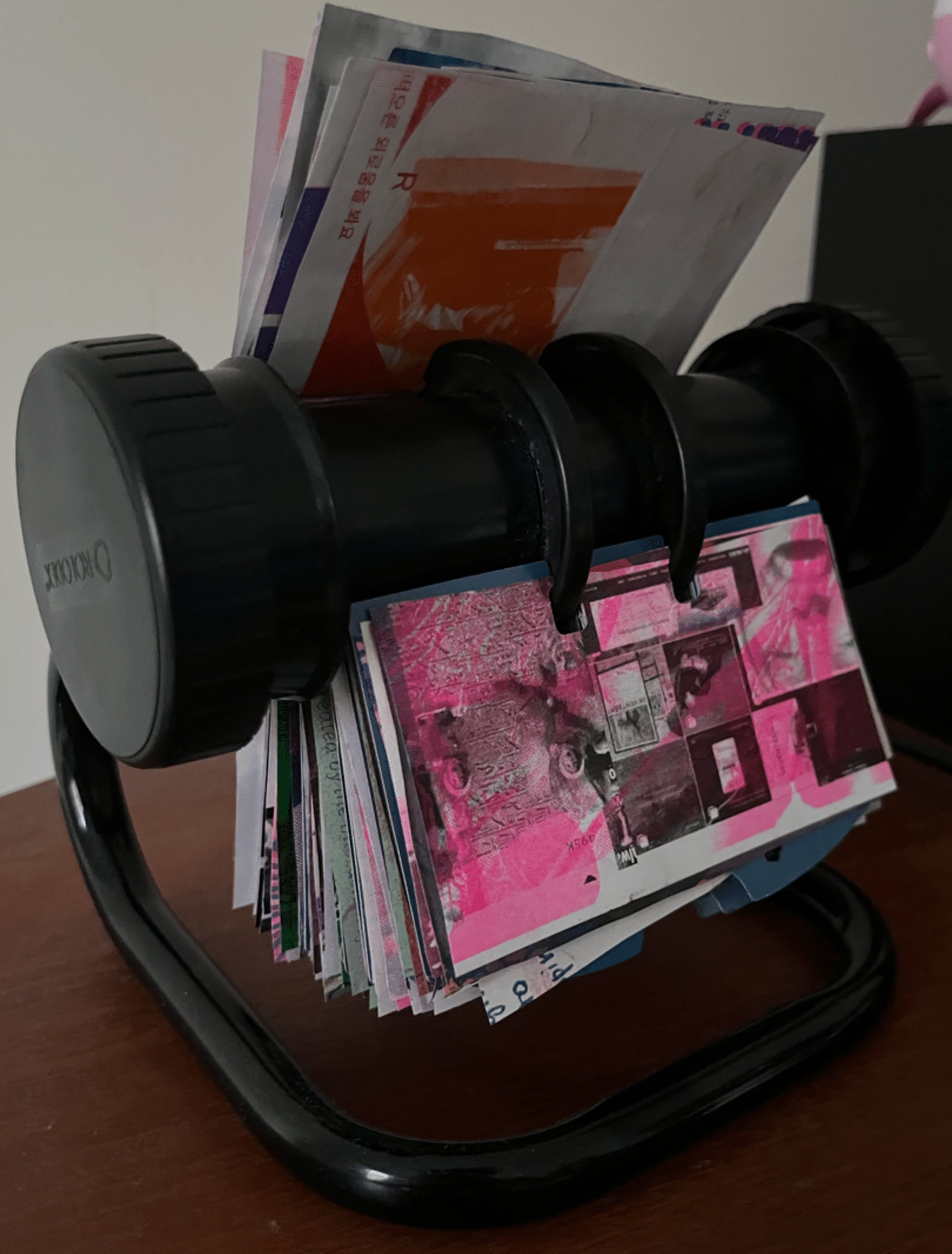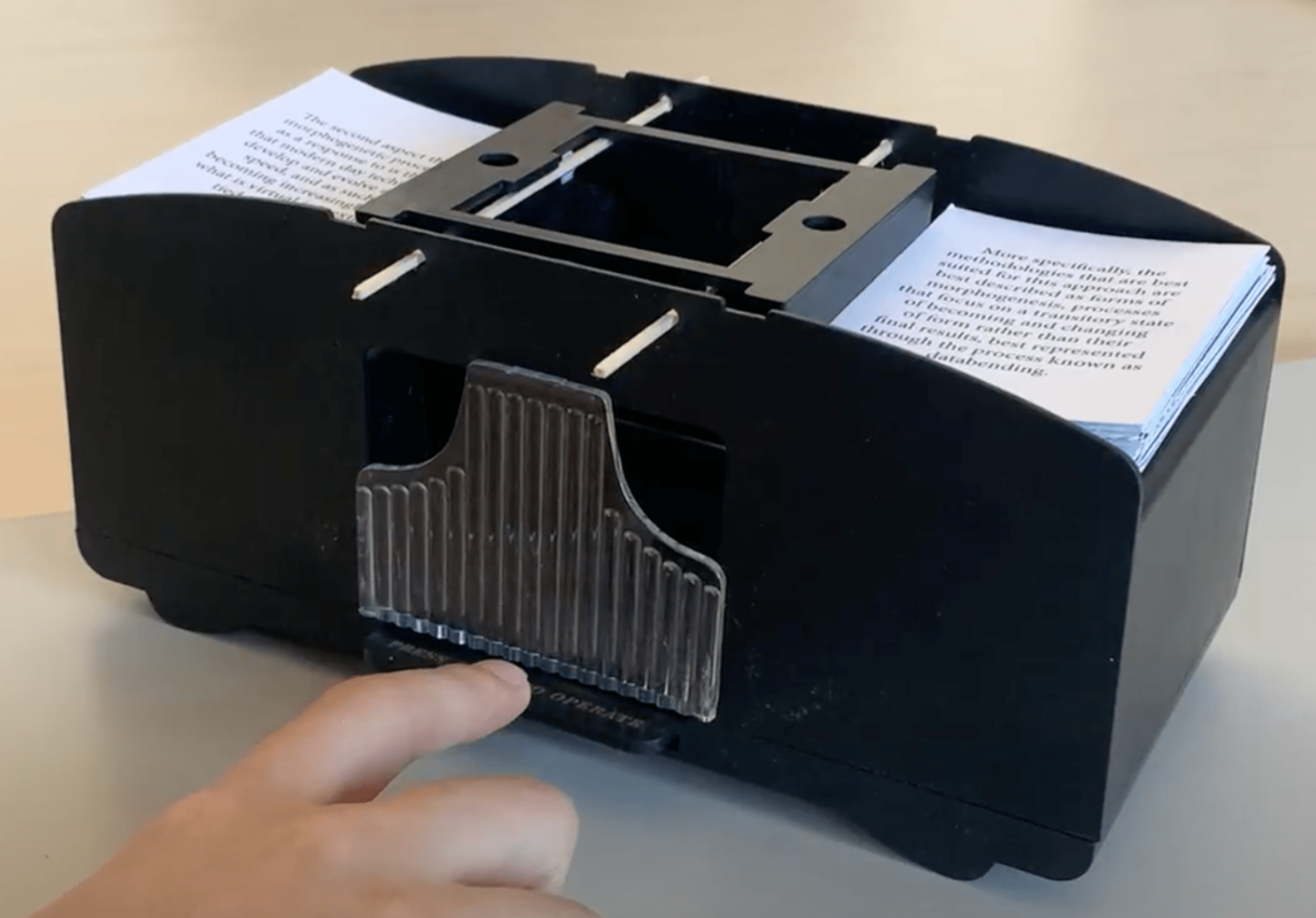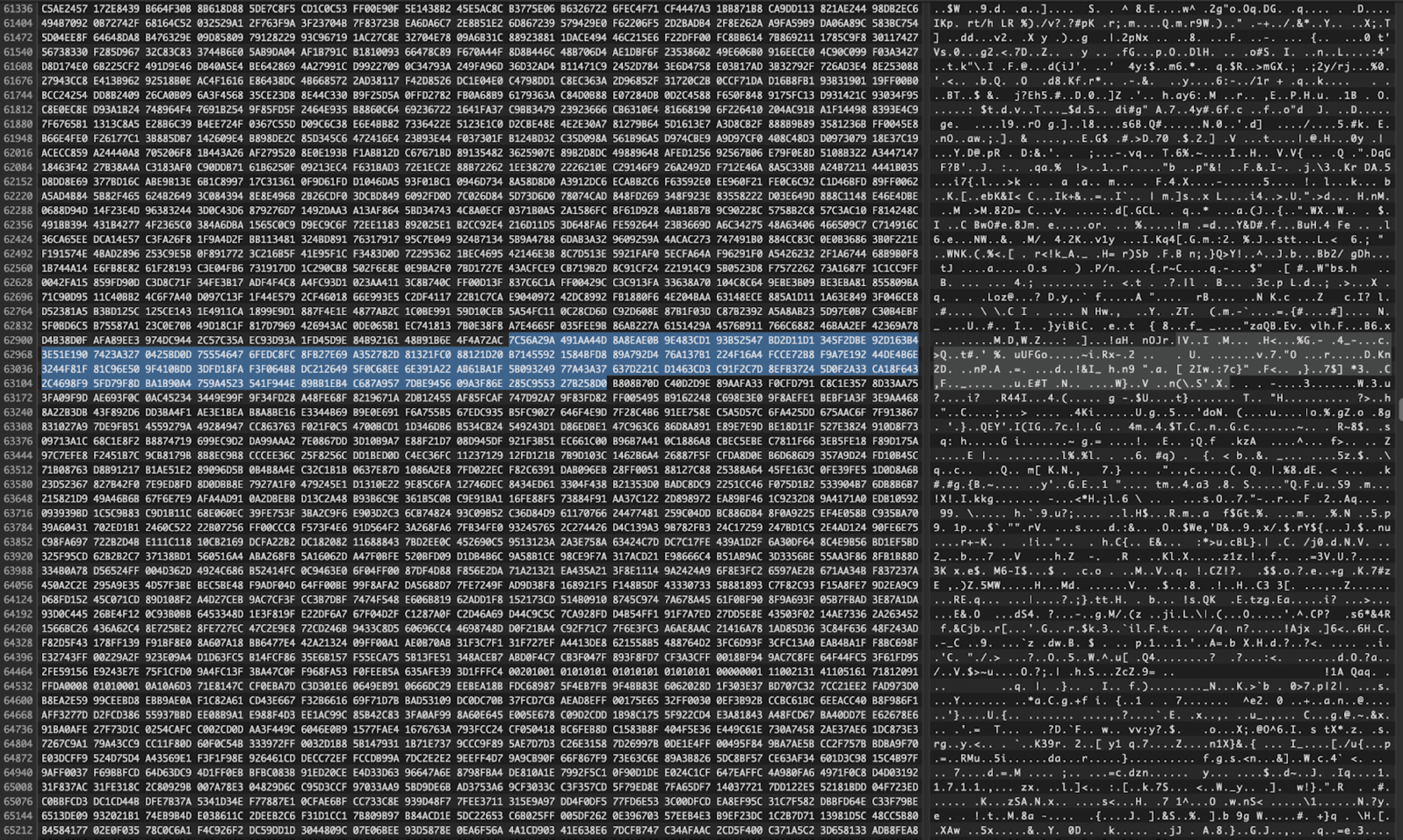Against Finality: Methodologies and Experiments for a Morphogenetic Approach to Design
Duncan Taylor
This thesis explores the philosophical concept of morphogenesis, defined as a transitory state of becoming and fluid
changing of form, arguing that design does not need to take on a final or fixed shape. Various experimental design
methodologies are analyzed and employed, with a particular focus on modifying found objects, databending, and
palimpsestic printing as potential morphogenetic avenues for creation. This challenges designers to resist the pull
towards finality, and encourages them to instead work within the changing digital structures through which the majority
of modern communication is mediated and respond appropriately with continually evolving new forms and ideas.
https://instagram.com/duncantaylor/

Morphogenesis is a philosophical term borrowed from biology by the French philosopher Gilles Deleuze and psychoanalyst
Felix Guattari, who together co-authored a 2 volume serial called “Capitalism and Schizophrenia”: Anti-Oedipus and A
Thousand Plateaus.

Deleuze and Guattari’s idea of a rhizome is closely related to morphogenesis. A rhizome is a nonlinear networked
assemblage of information. Morphogenesis is the act of becoming, it is a process in transition, growing and expanding in
nonlinear directions. It is the verb and the way forward for design.

A palimpsest is a document that has had one or more layers of writing erased to make way for new text. This was used in
ancient times when paper was very expensive to produce. It exists as a visual record of language in transition - an ever
evolving morphogenetic document.

Another example: a risograph test print taken from the student print lab. Note the palimpsestic layering of text and
image.

Risodex
My modified Rolodex that breaks apart the hierarchical structure of the original and fills its contents with a collection of risograph test prints, transforming its presence as an arborescent design object into one that is morphogenetic and serving as a visual archive of palimpsests.
Morphogenetic Book
My modified card shuffler that creates a morphogenetic way to “bind” a book. I placed playing card sized pages of my thesis text inside. When the button is held, the pages are shuffled into a random nonlinear order and creates a morphogenetic book whose order changes with each new reader.
The device in action.

The structural code of an image, viewed using hex editor software. The left column reveals its internal information in
converted hexadecimal format while the right side depicts its original format in plain text. This is what the computer
sees when we open an image file.

The original image file I selected to databend. Databending is the process of altering a given file’s internal code
using various methods to produce unpredictable and experimental visual imperfections. Oftentimes this is done with the
assistance of software to expedite and simplify the process, in this case, a hex editor.

Selecting random segments of the image’s hex data inside the program to be deleted before continually saving the file to
check the result.

The final image. Databending is a morphogenetic process because it is a continually endless modification of an image
file. There is no designated endpoint, you only finish when you decide that you are satisfied with your modifications.
In continually altering and restructuring the code, morphogenetically the image evolves.